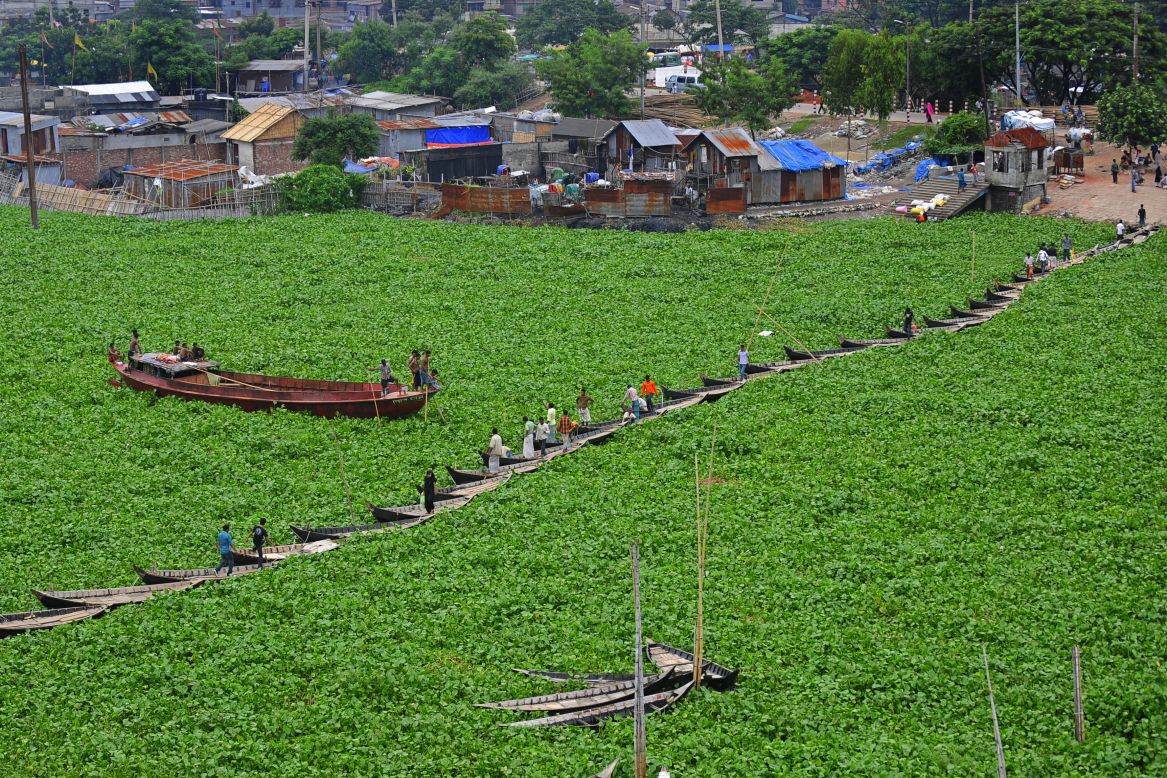Invasive species are costing the world at least US$423bn every year and have become a leading threat to the diversity of life on Earth, according to a UN assessment.
From invasive mice that eat seabird chicks in their nests to non-native grasses that helped fuel and intensify last month’s deadly fires in Hawaii, at least 3,500 harmful invasive species have been recorded globally in every region, spread by human travel and trade. Their impact is destructive for humans and wildlife, sometimes causing extinctions and permanently damaging the healthy functioning of an ecosystem.
Leading scientists say the threat posed by invasive species is under appreciated, underestimated and sometimes unacknowledged, with more than 37,000 alien species now known to be introduced around the world and about 200 establishing themselves each year.
While not all will become invasive, experts say there are significant tools to mitigate their spread and impact, protecting and restoring ecosystems in the process.
“Invasive alien species are a major threat to biodiversity and can cause irreversible damage to nature, including local and global species extinctions, and also threaten human wellbeing,” wrote Prof Helen Roy, Prof Aníbal Pauchard and Prof Peter Stoett, who led the research.
“It would be an extremely costly mistake to regard biological invasions only as someone else’s problem,” said Pauchard. “Although the specific species that inflict damage vary from place to place, these are risks and challenges with global roots but very local impacts facing people in every country, from all backgrounds and in every community – even Antarctica is being affected.”
The assessment, produced by the Intergovernmental Science-Policy Platform on Biodiversity and Ecosystem Services (IPBES), the leading UN body on biodiversity science, was produced by 86 experts – including scientists and Indigenous communities – over four and a half years, and was approved by governments this weekend in Bonn.
The findings follow a 2019 report that warned 1m species were at risk of going extinct, threatened by pollution, climate change, invasive species, the direct exploitation of organisms, and land-use change. While invasive species have contributed to 40 percent of all known animal extinctions, governments requested more research to better understand the problem.
The top three invasive species include water hyacinth, an aquatic plant native to tropical South America that blocks waterways and damages fisheries, the flowering shrub lantana, and the black rat. Other examples include invasive mosquito species, such as Aedes albopictus and Aedes aegypti, that spread West Nile virus and the Zika virus.
Most invasive species reports were noted in the Americas with 34 percent of all reports, followed by Europe and Central Asia (31 percent), the Asia Pacific (25 percent) and Africa (7 percent). Three-quarters of reports were in terrestrial ecosystems, mostly woodlands and boreal forests. The authors found that the cost of biological invasions had risen 400% every decade since 1970 and projected at it would continue to soar in years to come.
“One of our real concerns is the loss of the uniqueness of communities of life. As we see more invasive species around the world, we start to see communities looking more similar. Of course, we have concerns about the functioning of those ecosystems and their resilience. Very sadly, the example of Hawaii is one to present as an example of ways in which we’re seeing this worsening and interactions among these global drivers of biodiversity loss,” said Roy.
The expert assessment found that there were a wide range of options to combat the spread and impact of invasive species, one of the targets agreed at biodiversity Cop15 last December in Montreal in this decade’s global targets.
Eradication programmes on islands, which are disproportionately affected by the spread of invasive species, have had an 88 percent success rate, according to the report.
Examples include Redonda, a mile-long rock that is part of Antigua and Barbuda in the Caribbean, where native vegetation, birds and reptiles burst back into life once invasive black rats and feral goats were removed in 2017, transforming the barren grey rock into a green island once again.
But experts said the emphasis had to move towards the prevention of the spread of invasive species instead of costly eradication programmes.
“We want to highlight that the thing that works the best is prevention. That’s the main message. It’s much more cost-effective to prevent the introduction of invasive species such as taking biosecurity measures, border controls and risk analysis of non-native species that are being introduced intentionally,” said Pauchard.
The report found that despite the recent UN global target on controlling invasive species spread, 84% did not have specific national legislation or regulations. Some countries do have ambitious policies on the issue, such as New Zealand, which is aiming to eradicate all invasive species from its islands by the middle of the century.
SOURCE: THE GUARDIAN/PACNEWS














